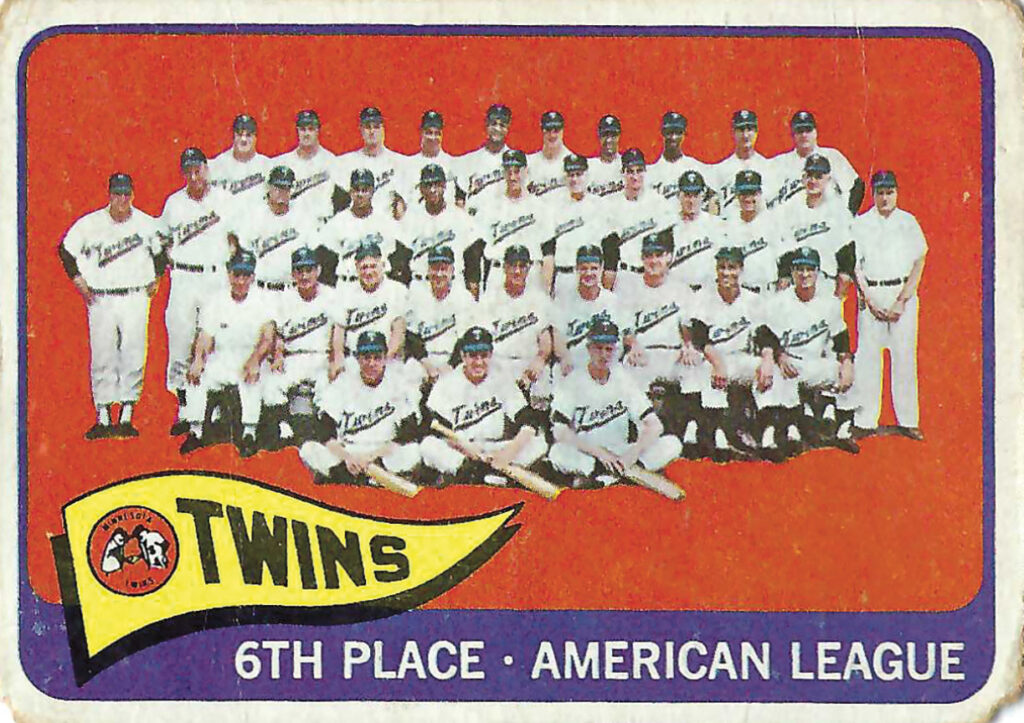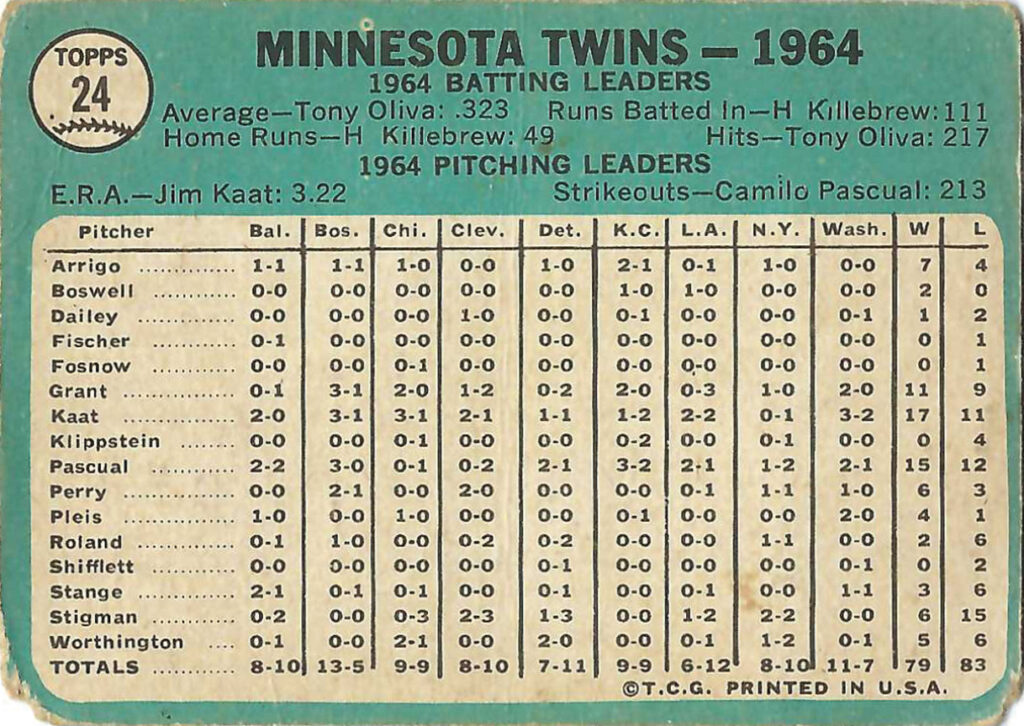
Dorri Partain
Contributor
When a nickel would buy six baseball trading cards and a stick of gum, a new collectable hobby was born.
In 1938, four brothers purchased a candy company to augment their father’s tobacco distribution business; Abram, Ira, Joseph, and Philip Shorin kept the Topps name because they wanted to be ‘tops” in the new business.
To increase the sale of chewing gum, they offered a series of Magic Photo cards, which were blank until they were moistened and exposed to light. Introduced in 1949, the 252-card set included 19 cards featuring baseball players.
Capitalizing on the popularity of the photo cards, Topps Chewing Gum Co. produced a baseball card game in 1951, with each featured player “producing” a play (single, double, out, etc.) in a 52-card deck, along with a piece of taffy.
The following year, Topps executive Sy Berger sat down at his kitchen table and developed the proptypes for a new set of baseball trading cards, featuring the player’s photo, team logo, and simulated autograph on the front and the player’s biography and statistics on the reverse.
The resulting 407-card set sold for five cents per six-card package, wrapped in wax paper along with one stick of bubble gum – hence the nickname “bubble gum cards.”
This 1965 card featuring the Minnesota Twins highlights the team’s stats for the 1964 season, when the team placed sixth out of 10 American League teams.
Listed as a batting leader, first baseman Harmon Killebrew hit 49 home runs and totaled 111 RBIs, while teammate and outfielder Tony Oliva had 217 hits with a .323 average. Pitcher Jim Kaat had an ERA of 3.22 with 17 wins and 11 losses. Camilo Pascual led in strikeouts with 213.
Killebrew played pro baseball for 22 seasons and finished his career with his final year as a Kansas City Royal before retiring in 1976.




















Comments are closed.